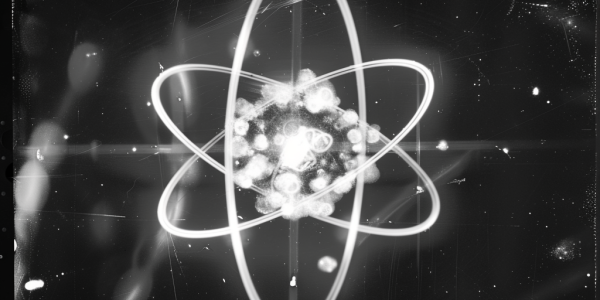Breakthrough in Nuclear Physics: Scientists Successfully Produce Livermorium Isotope
A groundbreaking achievement in nuclear physics has been made by an international team of scientists at Lawrence Berkeley National Laboratory, successfully producing the superheavy element livermorium (element 116). Utilizing the advanced 88-Inch Cyclotron, researchers conducted a record-breaking 10,000 trillion fusion attempts, paving the way for future discoveries of new elements, including the theorized element 120. This significant milestone enhances our understanding of atomic structure and the potential applications of superheavy elements in various scientific fields.
Breakthrough Study Reveals Insights into Nuclear Structure of Superheavy Elements
An international research team from the University of Liverpool has made significant strides in understanding the nuclear structure of superheavy elements fermium and nobelium. Published in the journal Nature, this groundbreaking study utilizes advanced laser spectroscopy to explore the behavior of heavy isotopes, revealing crucial insights into the atomic nucleus. The findings suggest a shift in the fundamental nature of matter, with implications for nuclear physics and materials science.
Breakthrough in Nuclear Physics: Livermorium-290 Synthesized
Researchers at Lawrence Berkeley National Laboratory have achieved a significant breakthrough by synthesizing livermorium-290, a superheavy element, through a novel fusion reaction. This advancement opens new possibilities for exploring the periodic table and understanding the formation of chemical elements, potentially leading to innovations in materials science and quantum computing.
Asteroid Ryugu’s Water Reveals Insights into Early Earth and Life’s Origins
Recent studies of the ancient asteroid Ryugu, conducted by the Hayabusa2 mission, reveal crucial insights into the role of water in its evolution and its potential impact on early Earth. The findings highlight how freeze-thaw cycles shaped Ryugu’s surface and internal structure, suggesting that asteroids like Ryugu may have contributed organic materials essential for life on our planet.
Breakthrough in Hydrogen Isotope Separation Promises Sustainable Energy Advances
A groundbreaking study by Leipzig University and TU Dresden has advanced hydrogen isotope separation, crucial for sustainable energy. This research enables efficient, room-temperature separation of hydrogen isotopes, paving the way for innovations in fuel cells, nuclear fusion, and pharmaceuticals, marking a significant leap in the quest for clean energy solutions.
New Discoveries Unveil Tycho Brahe’s Alchemical Secrets
Recent research has uncovered new insights into the alchemical practices of Tycho Brahe, the renowned 16th-century Danish astronomer. Archaeological analysis of glass and pottery shards from his lab at Uraniborg revealed high concentrations of elements like gold, mercury, and copper, suggesting complex experiments. This groundbreaking study not only sheds light on Brahe’s contributions to alchemy but also enhances our understanding of the evolution of chemistry during the Renaissance.
Pathway to Element 120 Discovered by Scientists
Scientists at Lawrence Berkeley National Laboratory have made a groundbreaking discovery that could lead to the creation of element 120. By utilizing a titanium beam for irradiation, researchers are advancing the quest for new elements, particularly in the realm of superheavy elements. This breakthrough not only addresses the challenges of synthesizing heavier elements but also opens possibilities for innovations in materials science and quantum computing.
Scientists Unlock Mysteries of Promethium’s Chemical Properties
Scientists at Oak Ridge National Laboratory have made a groundbreaking discovery regarding the radioactive element Promethium, shedding light on its elusive chemical properties. By creating a pure isotope of Promethium-147 and utilizing X-ray spectroscopy, researchers have gained valuable insights into the element’s behavior. This achievement marks a pivotal moment in scientific exploration, offering a deeper understanding of lanthanide elements and paving the way for future innovations.
Scientists Capture First-Ever X-ray Image of Single Atom, Opening New Possibilities in Atomic Research
Scientists have achieved a groundbreaking feat in atomic research by capturing the first-ever X-ray image of a single atom. This advancement allows for the identification and measurement of individual atoms’ chemical states, offering unprecedented insights into the atomic world. The study opens up new possibilities for studying atoms and their behaviors, with potential impacts on environmental and medical sciences. This milestone in atomic research paves the way for transformative discoveries in understanding the fundamental building blocks of matter.
Neutron Star Mergers Shed Light on Dark Matter
Neutron star mergers provide new physics signals that could shed light on dark matter, according to a study by Washington University in St. Louis. The study, led by physicist Bhupal Dev, establishes constraints on axion-like particles using observations from the 2017 neutron star merger event, GW170817. These particles are prime candidates for constituting dark matter and could bridge the gap between the visible and dark sectors of the universe.










